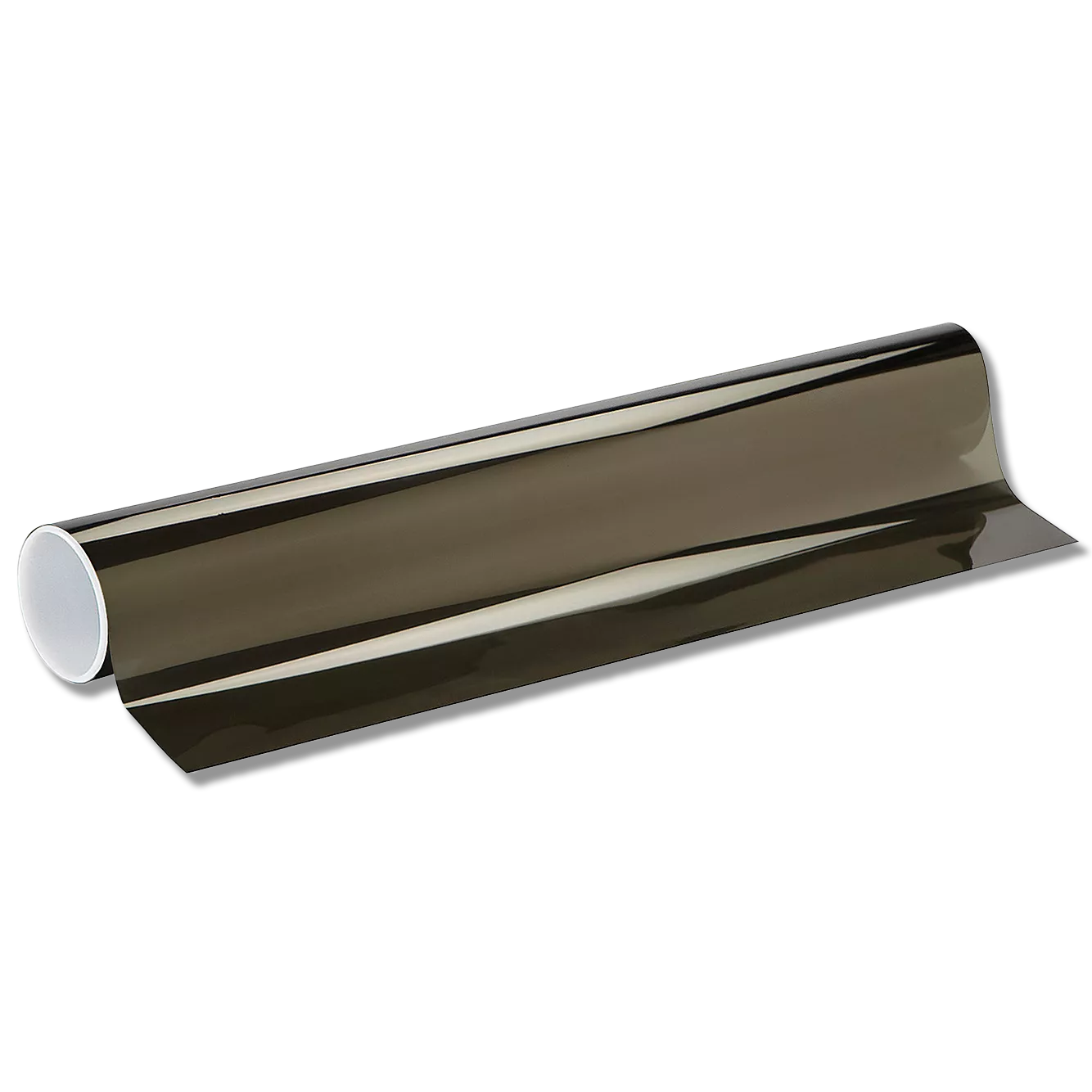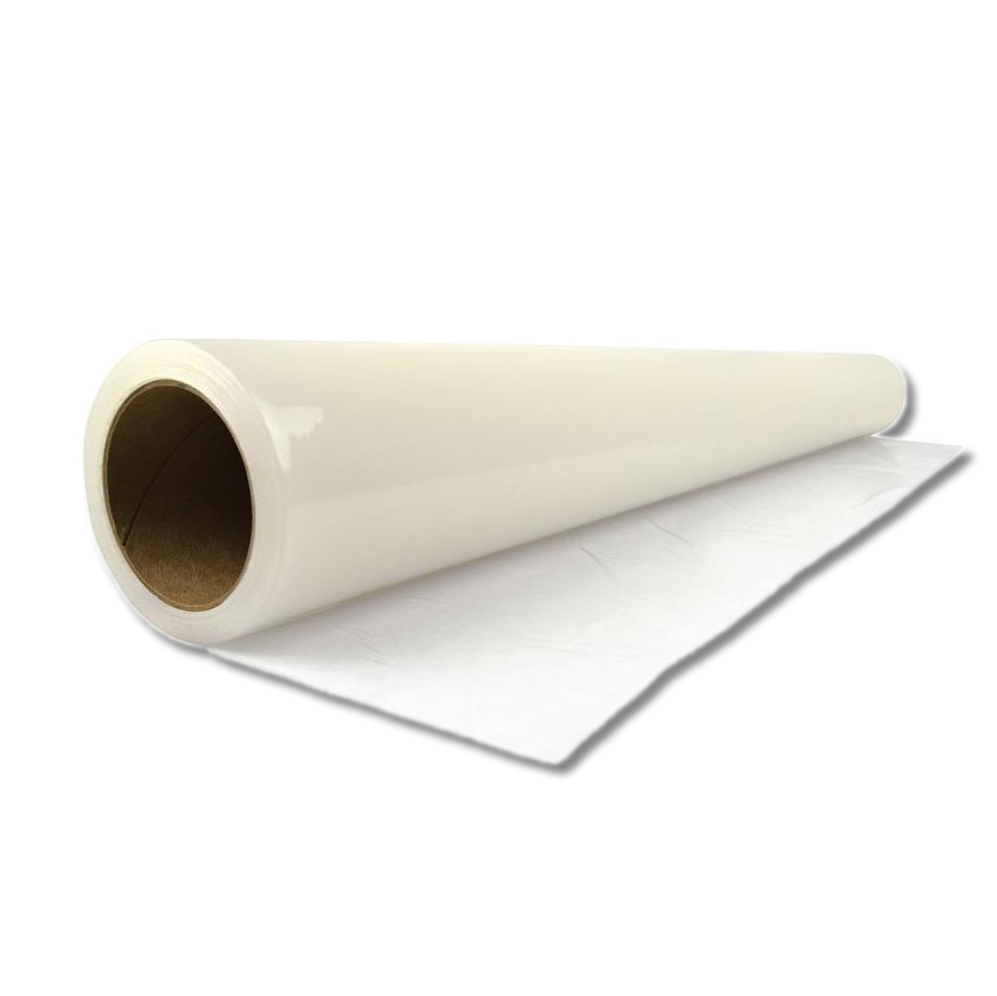blog
Understanding UV Properly: Exploring the Solar Energy Spectrum Analysis
- 2024.03.13
- Martin. C
In our daily lives, we encounter various forms of solar radiation, including ultraviolet (UV) rays, which can have both positive and negative effects on our health. In this blog post, we will delve into a comprehensive analysis of the solar energy spectrum, focusing specifically on UV radiation. We'll explore the different types of UV rays - UVA, UVB, and UVC - and provide expert strategies for avoiding UV exposure in different settings. Plus, we'll highlight the importance of UV protection films and encourage further exploration at www.glasstint.com.
Solar Energy Spectrum Analysis:
The solar energy spectrum consists of different wavelengths of electromagnetic radiation emitted by the sun. Among them, UV radiation is of particular interest due to its effects on human health. Here's a breakdown of the solar energy spectrum and its analysis:
- Ultraviolet (UV) Radiation:
- UV radiation is divided into three main types: UVA, UVB, and UVC rays.
- UVA (320-400 nm): These rays penetrate the skin's deeper layers and contribute to premature aging, wrinkles, and an increased risk of skin cancer.
- UVB (290-320 nm): These rays mostly affect the skin's surface, causing sunburn and contributing to the development of skin cancer.
- UVC (100-290 nm): These rays are mostly absorbed by the Earth's atmosphere and do not reach the surface in significant amounts.
Avoiding UV Rays:
To minimize UV exposure and protect against its harmful effects, consider the following strategies in different settings:
On the Street:
- Wear protective clothing, such as hats, sunglasses, and long sleeves.
- Apply broad-spectrum sunscreen with an SPF of 30 or higher.
- Seek shade whenever possible, especially during peak UV hours.
At Home:
- Install UV-protective window films to block harmful UV rays indoors.
- Use curtains, blinds, or shades to reduce direct sunlight exposure indoors.
- Ensure outdoor play areas are shaded or covered with UV-blocking materials.
In the Office:
- Position desks and workstations away from direct sunlight.
- Install UV-blocking window films or blinds to reduce UV exposure indoors.
- Encourage employees to take breaks outdoors in shaded areas.
In the Car:
- Use sunshades or UV-protective window films to block UV rays while driving.
- Wear sunglasses with UV protection to shield the eyes from harmful UV radiation.
- Consider installing UV-protective window films on car windows for added protection.
Explore UV Protection Films at GLASSTINT Window Films
To further enhance UV protection in your home, office, or vehicle, consider exploring UV protection films available at www.glasstint.com. These films are designed to block harmful UV rays while maintaining visibility and comfort indoors. Visit their website to learn more about their range of products and find the perfect solution for your UV protection needs.
By understanding the solar energy spectrum and implementing effective strategies for avoiding UV rays, you can minimize the risk of sun-related skin damage and health concerns. Stay informed, stay protected, and enjoy a healthier lifestyle under the sun!
ⓒwww.glasstint.com

 Pender
Pender
 Rode
Rode
 Santana
Santana
 Shure X
Shure X
 Camo
Camo
 Sunset R
Sunset R
 Reiney Blue
Reiney Blue
 Aura
Aura




